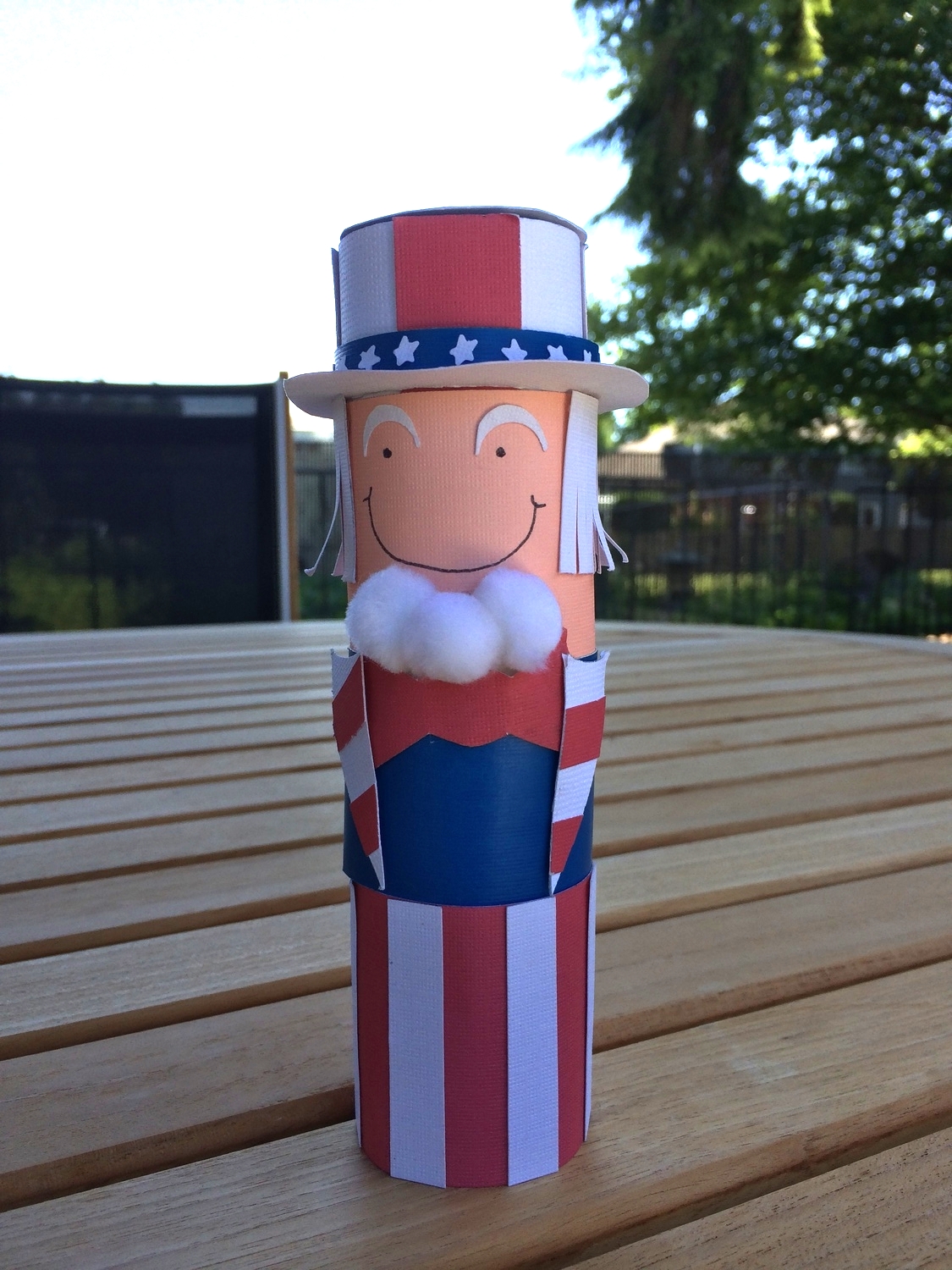A Happy Rainbow Children's Apron and a Curves Tutorial
Several years ago I took a break from quilts and became consumed with making aprons for a time. I made quite a few Emmeline aprons for various friends and family that year, including my friend Jodi. These days Jodi has a 5-year-old daughter K, who likes to wear Jodi’s apron whenever she helps with baking or frosting cookies, even though the apron is more than a few sizes too large!
After seeing adorable pictures of K practically swimming in Jodi's apron, I decided it was time that K had her own apron. The kid loooves rainbows, so that was a must. I went looking and quickly found Wonder Rainbows by Ann Kelle, which is just so cheerful and happy. The sweet pattern and vibrant colors make me feel nostalgic for my own childhood.
I wasn’t exactly sure how to size an apron for a 5 year old. I wanted to leave a little room to grow, and most of the patterns that I found for reference were geared towards 3-6 year-olds. I took a stab at sizing the apron up, and luckily it worked out just fine!
I decided to make K’s apron reversible, much like the Emmeline. I paired the Wonder Rainbows skirt with a Wee Wander Summer Night Lights panel by Sarah Jane for the bodice on one side.
On the other, I paired the Wonder Rainbows bodice with a skirt made of curved Kona solids, mimicking the Wonder Rainbows fabric. It’s been a few months since I sewed curves and it reminded me how much I love it!
I drew the curves on a piece of freezer paper cut to the size of the apron skirt.
Then I cut out the curves, ironed them onto the fabric and cut them out, leaving a quarter-inch seam allowance.
When you sew two curved pieces together, this is how you line them up. It felt counterintuitive when I was learning, but after I did it a few times it clicked.
When you start sewing, you want to keep the bottom piece lined up straight so that the fabric is parallel to your presser foot. Be careful not to tug too hard and stretch out the bias. You hold the top piece up so you can see what you’re doing while you keep the top and bottom edges lined up under the presser foot.
Curves really are super fun. I highly recommend giving it a try if you are looking for a new challenge.
After sewing the apron pieces together I finished it off with some topstitching around the edges.
And this, of course, happened mid-project when I was trying to get some pictures. Oh kitty, you attention hog.
Last time I went on an apron making spree, I didn't quite finish all the aprons I had planned for my family and friends. Hopefully this is just the start of apron spree number 2!


































































